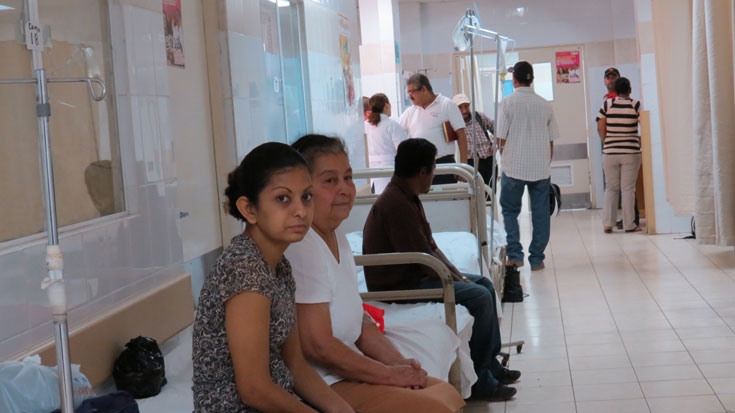Challenge
The governments of El Salvador and Nicaragua were confronting the need to identify the most appropriate technologies for their public health facilities and to ensure their maintenance. They recognized that they needed the most up to date knowledge to ensure that the newly acquired equipment would serve the needs of the health networks’ client efficiently and effectively for as long as possible.
Solution
To address the challenges surrounding health and medical equipment maintenance, the World Bank, with the support of the South-South Exchange funds helped to stablish contact between the representatives from both countries and the Campinas Bioengineering Center at the University of Campinas (UNICAMP) in Brazil, which manages the medical equipment for the University’s public hospitals. During the first phase of the knowledge exchange, two Nicaraguan and two Salvadorian technical engineers from the Ministries of Health toured the Center. They learned about Brazil’s operational maintenance model, the thematic divisions, the distribution of physical space, and other support mechanisms to strengthen health and medical equipment maintenance. The participants were also introduced to UNICAMP’s maintenance management system. Using the information they learned while in Brazil, the participants returned to their home countries and presented their respective ministers with technical proposals to improve medical equipment maintenance.
Results
Although this South-South Knowledge Exchange is only halfway to completion, it already is showing results. Strong Government commitment has been demonstrated to support the development of this area in both countries. In addition, both countries have completed the preparation of training proposals to be implemented in a short (during the second phase of the knowledge exchange) and medium terms (with government funds).
Bank Contribution
The Bank’s South-South Exchange Unit is sponsoring this ongoing knowledge exchange. The Bank has contributed with technical support from the identification of the problem, to the design and implementation of the knowledge exchange solution, including the long term plans for sustainable medical equipment management teams in both countries.
Partners
The Campinas Bioengineering Center and the University of Campinas (UNICAMP) in Brazil hosted the delegations first time exchange. Both government teams reported increased their knowledge in the south- south exchange and established a network of peers for further exchange. Nicaragua and El Salvador governments have partnered with the Bank for the implementation of this knowledge exchange
Moving Forward
The next steps on improving the management of health technologies in both countries, funded with this trust fund, include face-to-face training and peer consultations with Brazilian experts on the prepared proposals. The countries management of health technologies initiatives final goals are (i) to complete a revised Management Plan for Health Technologies for each country, (ii) to raise the level of the technical staff working for the central and local level health facilities, (iii) create awareness of the relevance of the well tune medical equipment’s on quality of care , and (iii) to enhance networking between Brazil, Nicaragua, and El Salvador.
Beneficiaries
The beneficiaries include the medical technologies of the public health care network as well as the population who receives care at the health care services.
